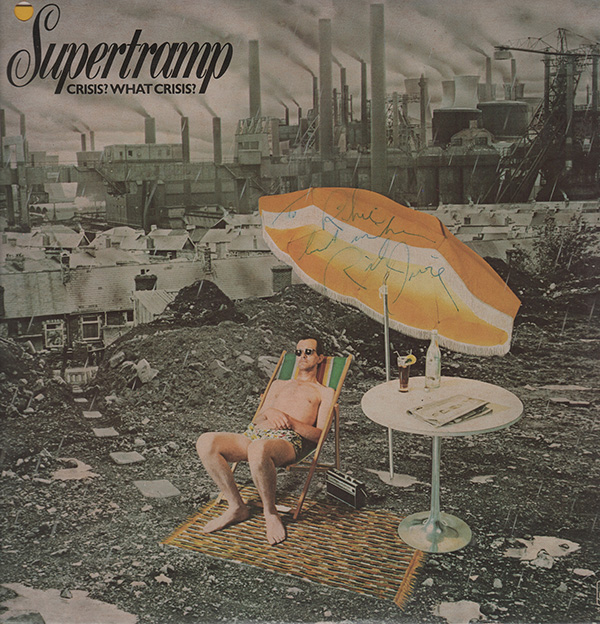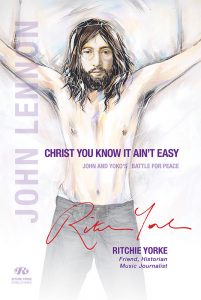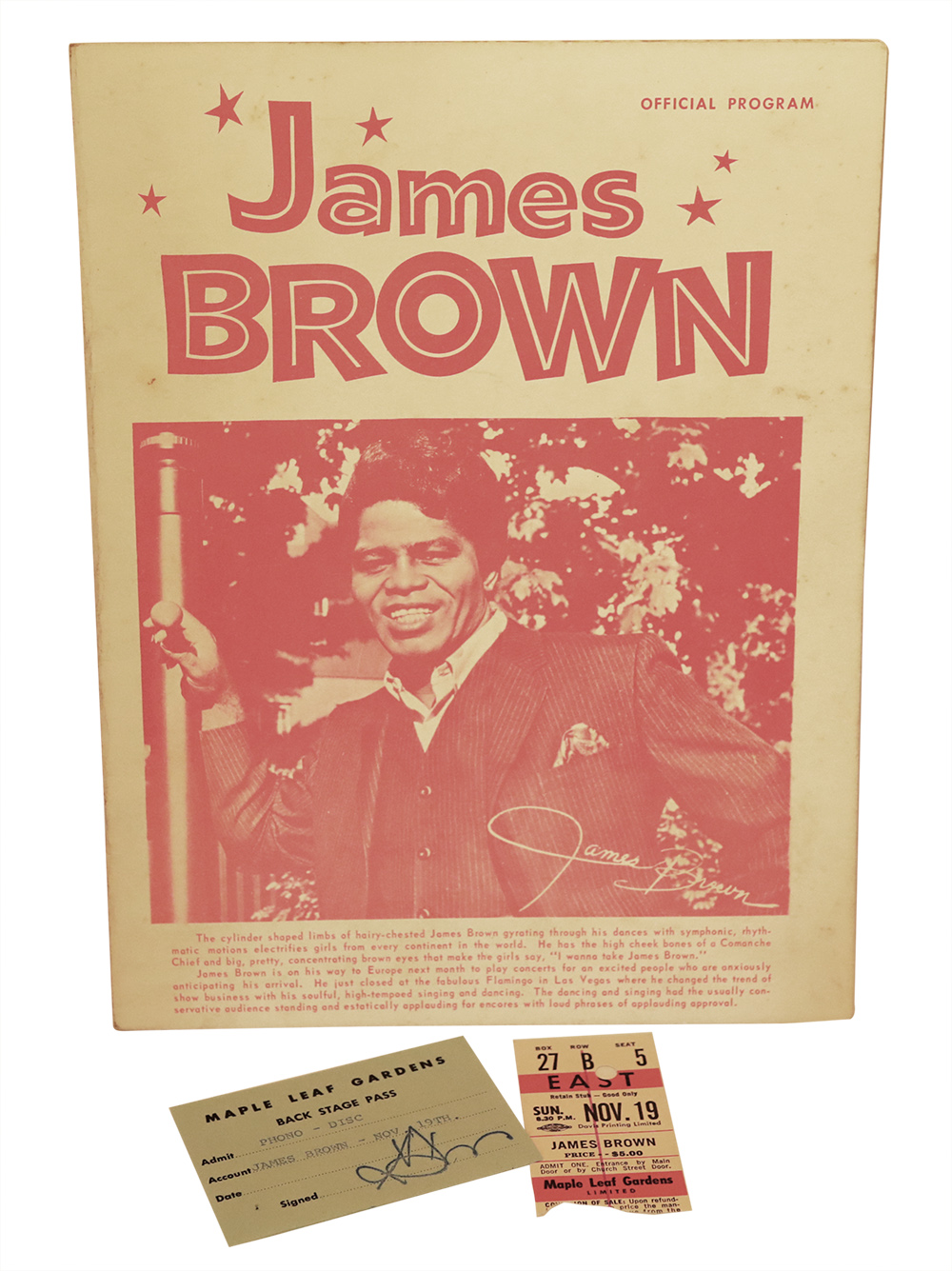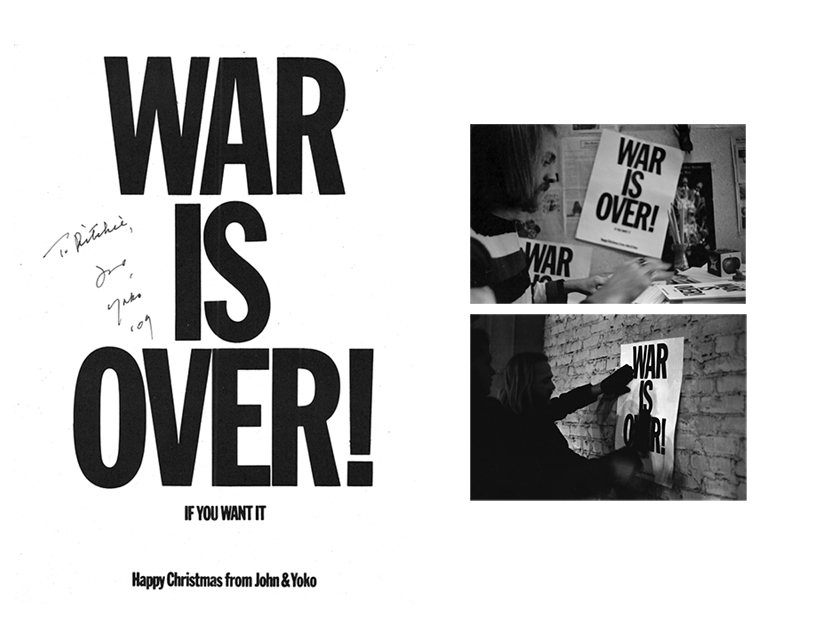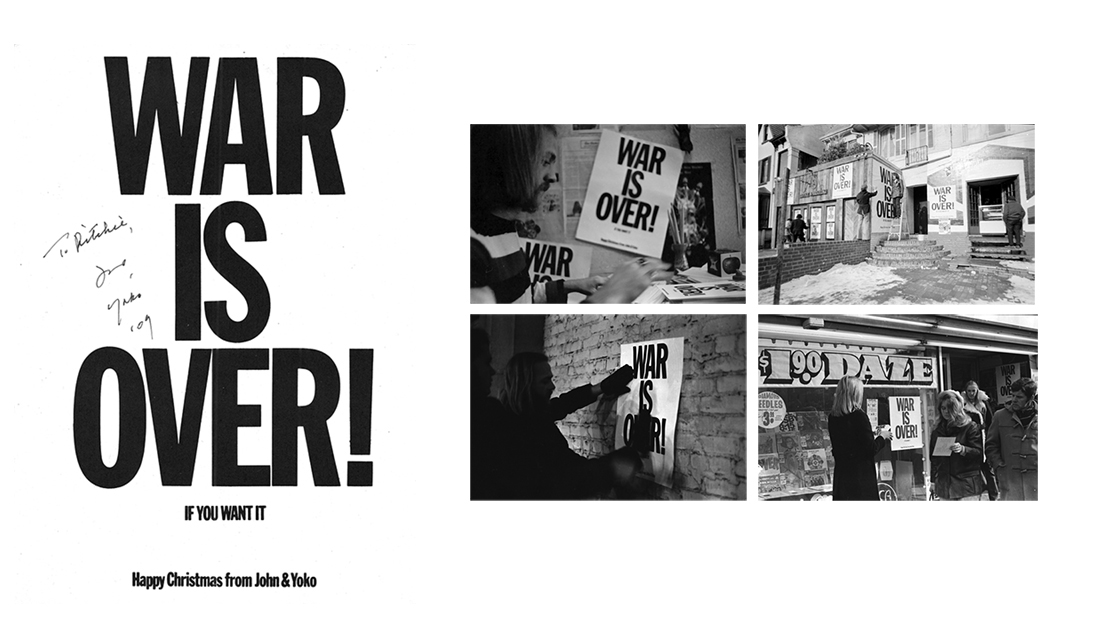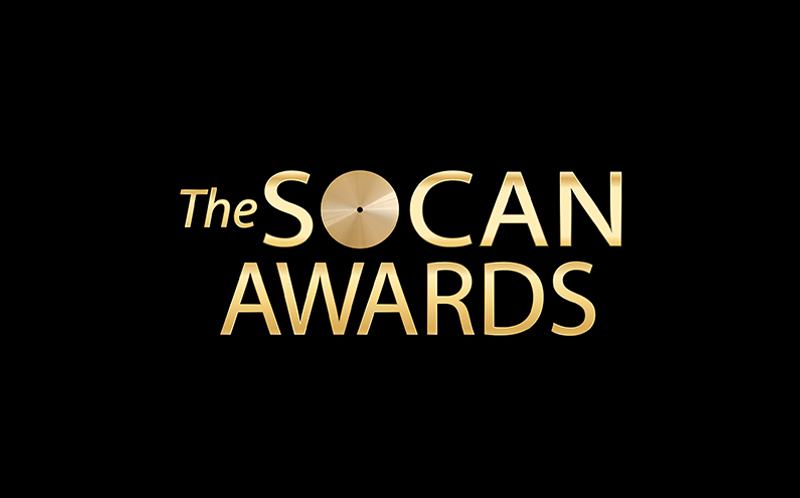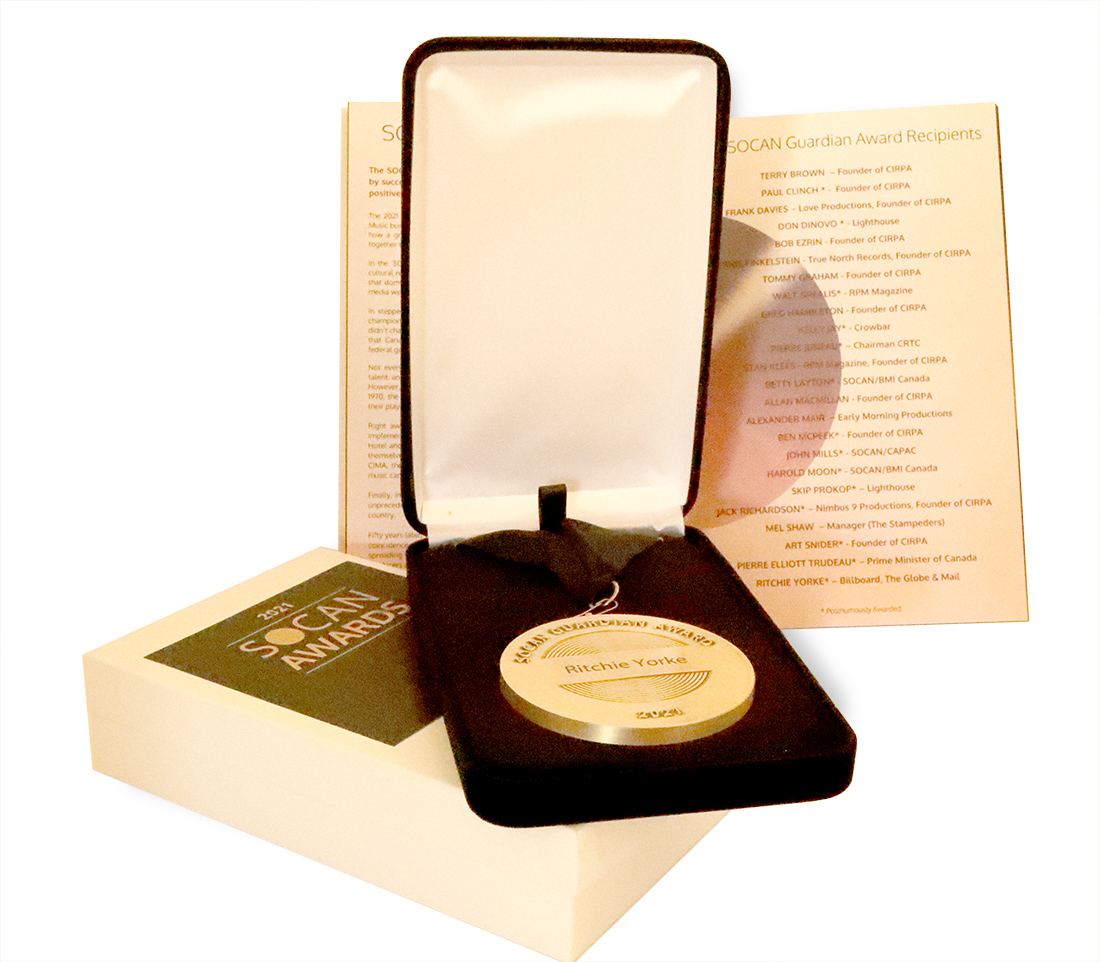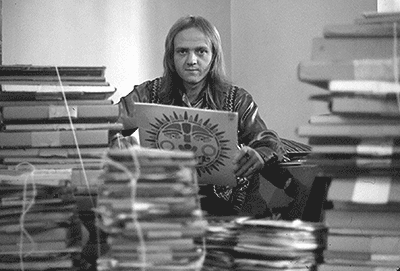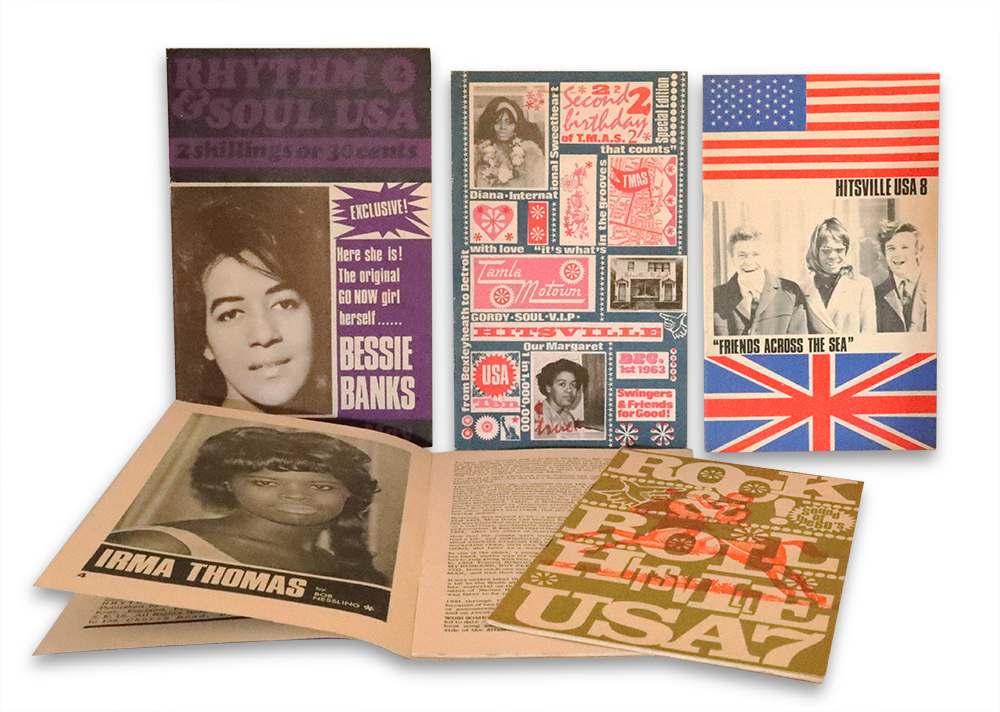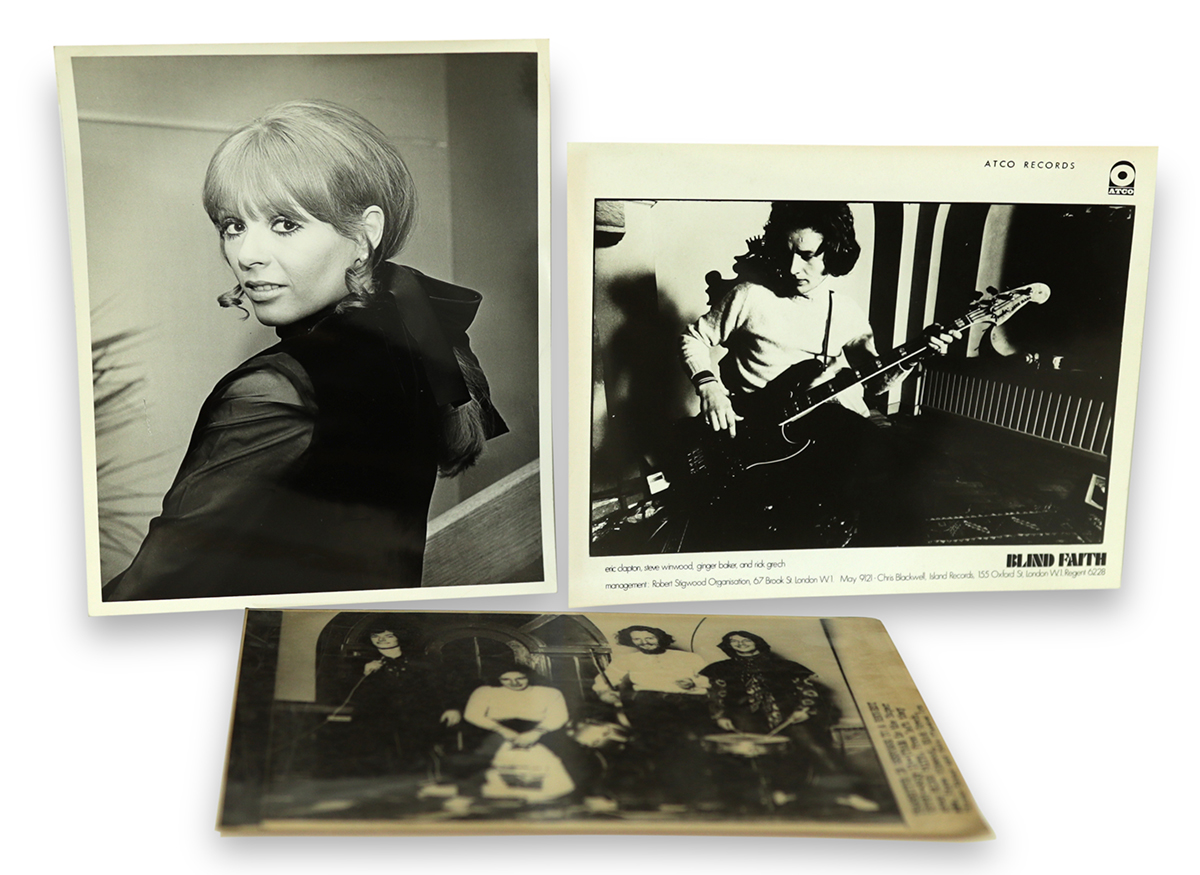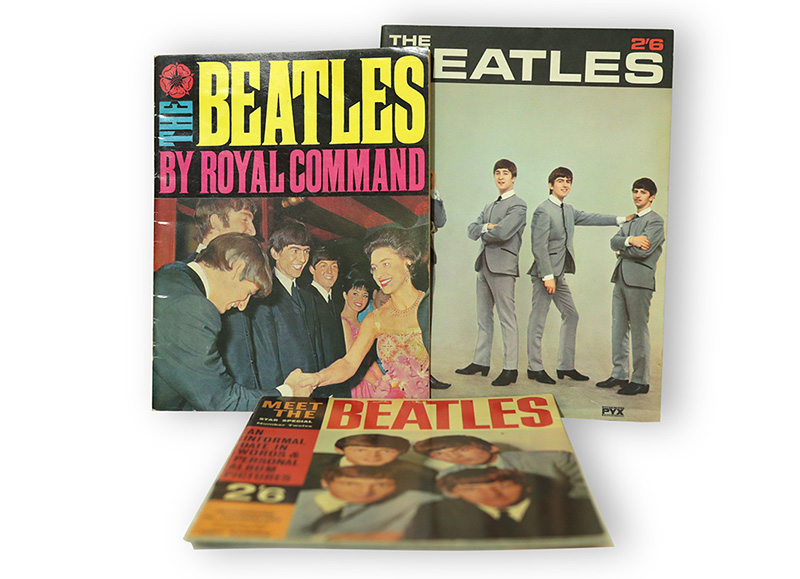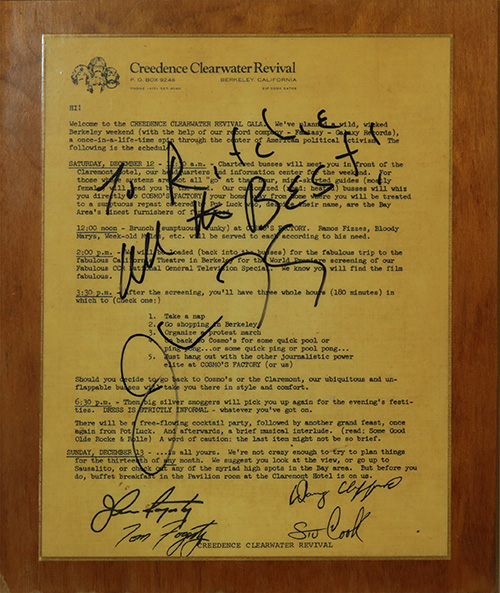17 Jun Archive: Signed Supertramp Album
Artifact:0008
In 1977 one of the biggest rock bands of the era, Supertramp, were busy working on their new album “Even in the Quietest Moments” in Los Angeles. This was the follow-up to Supertramp’s popular fourth work, “Crisis? What Crisis?”. It was this album that Ritchie Yorke was sent a personal signed copy of the record as a gift. Though this material sold well and received some critical praise, Rolling Stone magazine at the time panned the record, adding to the pressure for their follow-up.
Ritchie Yorke, a big fan of the band, was at the time writing for Cheap Thrills magazine when he decided to meet with the band to discuss their new record. The meeting was held at the world-famous Record Plant Studios, where megastars like Stevie Wonder and The Eagles had recorded.
This meeting was significant as the band were renowned for secrecy during their recording sessions and this occasion marked the first time they allowed a media member to be present in the studio as they worked and to hear some of the new material as well as to conduct an interview with the band.
During the interview the band shed light on the new tracks and the concepts and ideas that inspired them. Plans for the new tour and the future of the band were also discussed, the highlight of which being the bands plans to have a Donald Duck statue on stage that blew bubbles as they performed. This article and interview is still available to read here.

